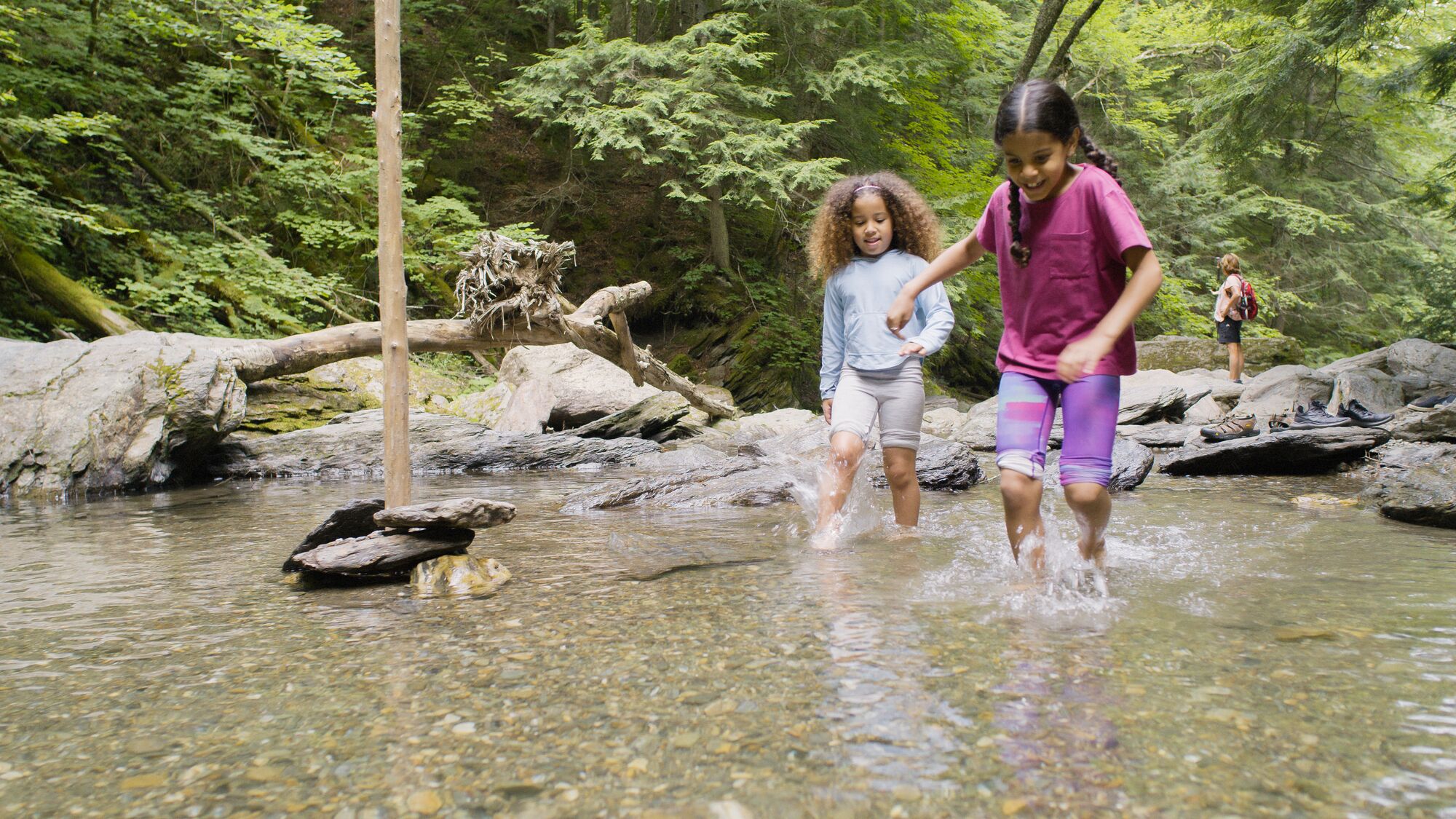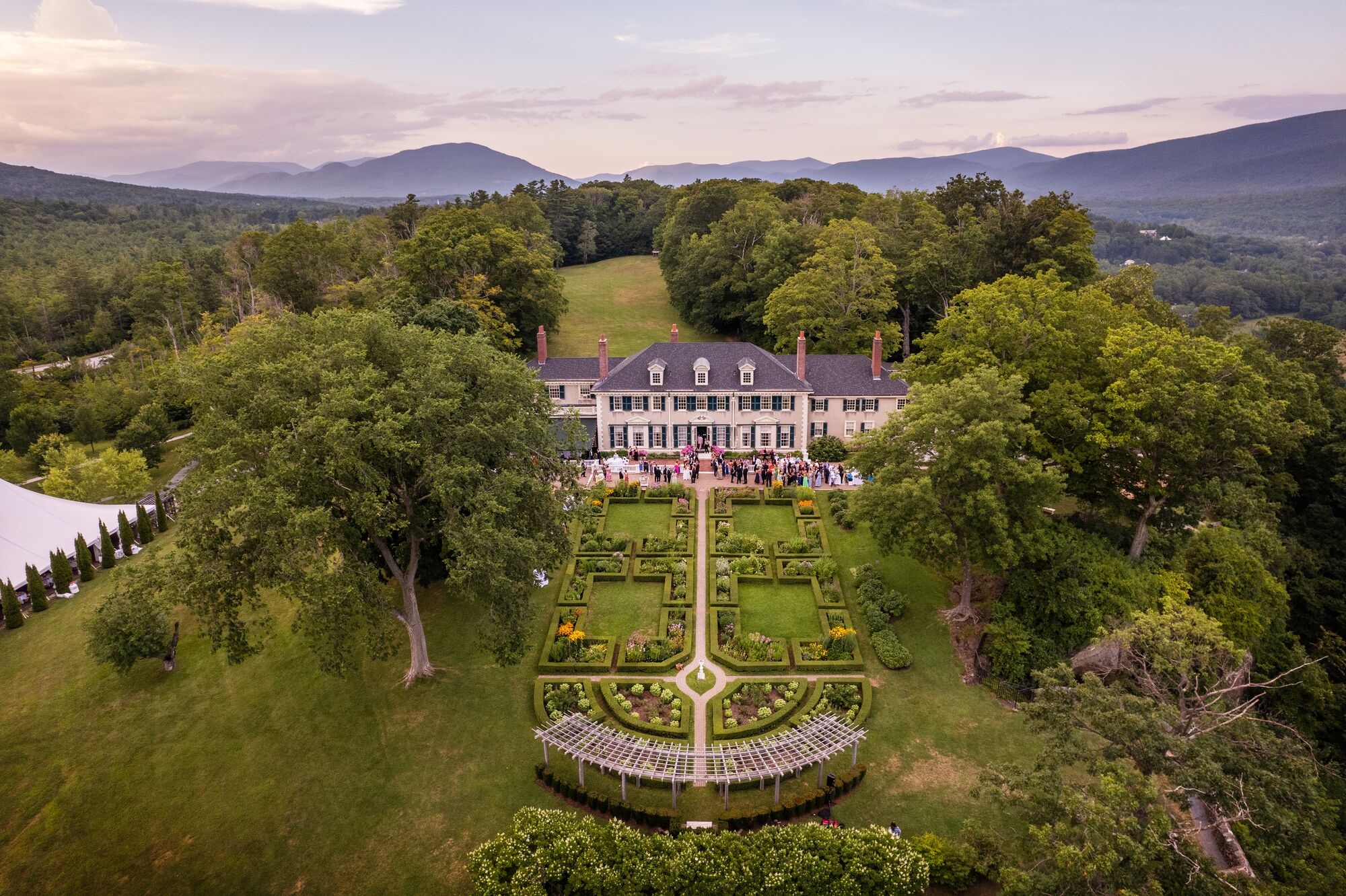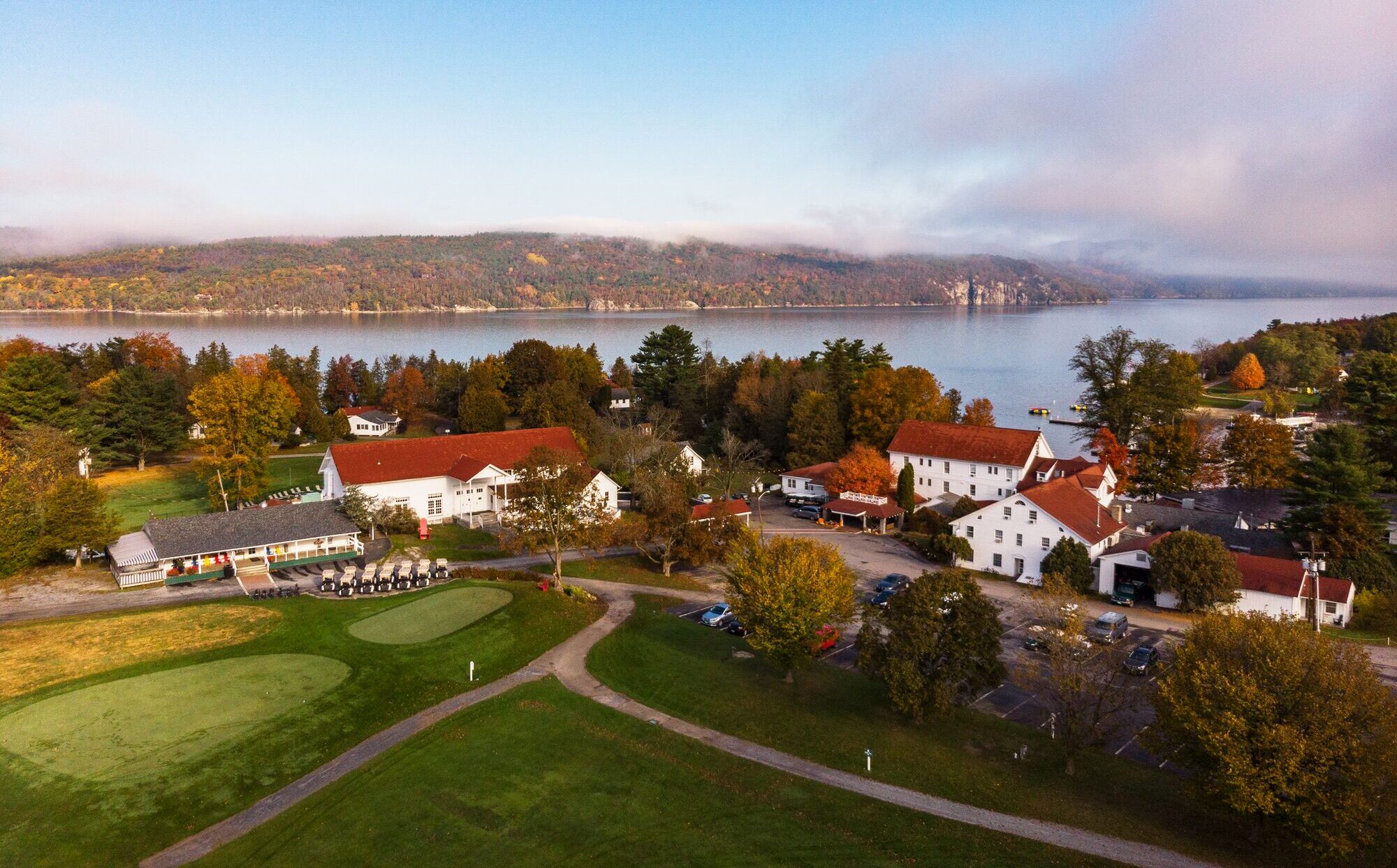How to Safely Visit Vermont State Parks in Spring
How to Safely and Respectfully Access Vermont State Parks in Spring
By Jordan Adams
Story originally published in Seven Days on 03|01|2022.
In Vermont, cabin fever is real — and not just because many Vermonters live in log cabins. While there are plenty of opportunities for outdoor winter recreation, they’re not for everyone. Many people find December through March some of the most difficult months to get through. So the earliest signs of warmth and life can motivate folks to spring into action.
With a whopping 55 state parks scattered around these Green Mountains, most people live within a short drive of our treasured network of trails and scenic areas. But eager hikers and bikers beware: Just because the weather may feel palatable doesn’t mean forested paths are ready for boots and wheels.
To get the dirt on springtime hikes, Staytripper talked with some Vermont State Parks staff: director Nate McKeen and sales and service manager Rochelle Skinner.
What’s the first thing people should know about accessing state parks in springtime?
ROCHELLE SKINNER: Most of our state parks open Memorial Day weekend. And the mantra in Vermont is: Stay off the trails until then.
NATE MCKEEN: People can always walk in the parks through the park roads, to the campgrounds, access the waterfronts. These are all great walks.
What are people missing out on by venturing into the parks during this off-season?
RS: We don’t have staff in the parks until later on. So there are no restrooms. You have to park outside the gate. There’s no visitor or support staff. They can’t get any potable water. They can’t call a staff person to help them if their car breaks down or if there’s a dog off leash or a creepy person that’s bugging them.
NM: Obviously, the parks are open year-round. Some sections may be closed off because of construction or other stuff going on. But, in general, you can find a parking spot outside the gate and certainly walk through. There are some nice hikes up Mount Philo in Charlotte or Mount Ascutney in Windsor County.
Aside from risk of bodily injury or property damage, why is it important for people to avoid wet trails?
NM: If people don’t mind walking in the mud, that’s their personal choice. But the impact on the resource is something we’re charged with stewarding and protecting. There aren’t enough resources to recover a muddy trail that gets beaten down. It snowballs. There are erosion areas that just get worse and worse. It’s really a significant resource risk.
RS: When you walk a wet trail, it compacts the soil and makes the soil not able to breathe. So things can’t grow in that. That’s one problem. And then people tend to walk around the muddy spots. So a trail that might be three feet wide turns into seven feet wide. Again, it creates all kinds of erosion and possibly unsafe conditions.
Another thing: It could be a beautiful, hot, sunny day in the Champlain Valley. Everything could seem dry. And then you start going up in elevation, and it changes very quickly. One of the things we don’t want is people saying, “Oh, I’ve gotten this far. Let’s finish.” So the upper parts of the trails get trashed even though it might have looked fine down below.
What are some other things people can do to be good park stewards?
NM: We’re always looking for park staff or volunteers. We’d love to talk to anybody who’s interested in volunteering or helping out in the park. We have a lot of work in every park around protecting the shorelines.
And there are simple things, too. If you’re going to a popular place like Mount Philo, you can choose to walk up the mountain road instead of the trail until it dries out. And you can choose places like bike paths and rail trails. Just try to tamp down your enthusiasm to go up to the top of the mountains until the trails dry up.
It’s a personal choice where you go. Nobody’s there to stop you from going over a muddy trail. It’s personal responsibility, because we have no patrol or anything like that. It’s just everybody working together to care for our resources.
Is there anything new in the Vermont State Parks system coming up this season?
NM: We’re building a new nature center in Groton State Forest.
RS: There’s also a new program called Vermont Parks Forever … that helps enhance what we do. They have an access fund for underprivileged folks or people that have a hard time accessing the parks. They’re at the stage of their development where they’re reaching out more to the general public. They’re looking for board members who are committed to parks and the outdoors.
What are your favorite state parks?
RS: Well, I don’t want to give up my secrets, but Burton Island [in Lake Champlain] is, of course, a favorite just because of the uniqueness of it. You feel like you’re at a coastal location much more than Vermont, like Cape Cod or something.
And I love New Discovery State Park. It’s one of our least visited, and it’s like the hub of all the trails in Groton. You can remote camp on Osmore Pond. There are loons there. It’s beautiful and not very crowded.
NM: I always say Little River State Park in Waterbury. It just has everything, any time of year. Jamaica State Park is great for spring — a lot of whitewater rafting there. It’s a beautiful hike along the West River. And Allis State Park [near] Brookfield. You can make it right up to the fire tower, even in mud season.
This conversation was edited and condensed for clarity and length.
Seven Days Staytripper Series
Created by Seven Days, the “Staytripper: The Road Map for Rediscovering Vermont” series presents curated excursions statewide. The series was originally published from 2020-2022 and highlights Vermont restaurants, retailers, attractions, and outdoor adventures to spotlight all corners of the state.



